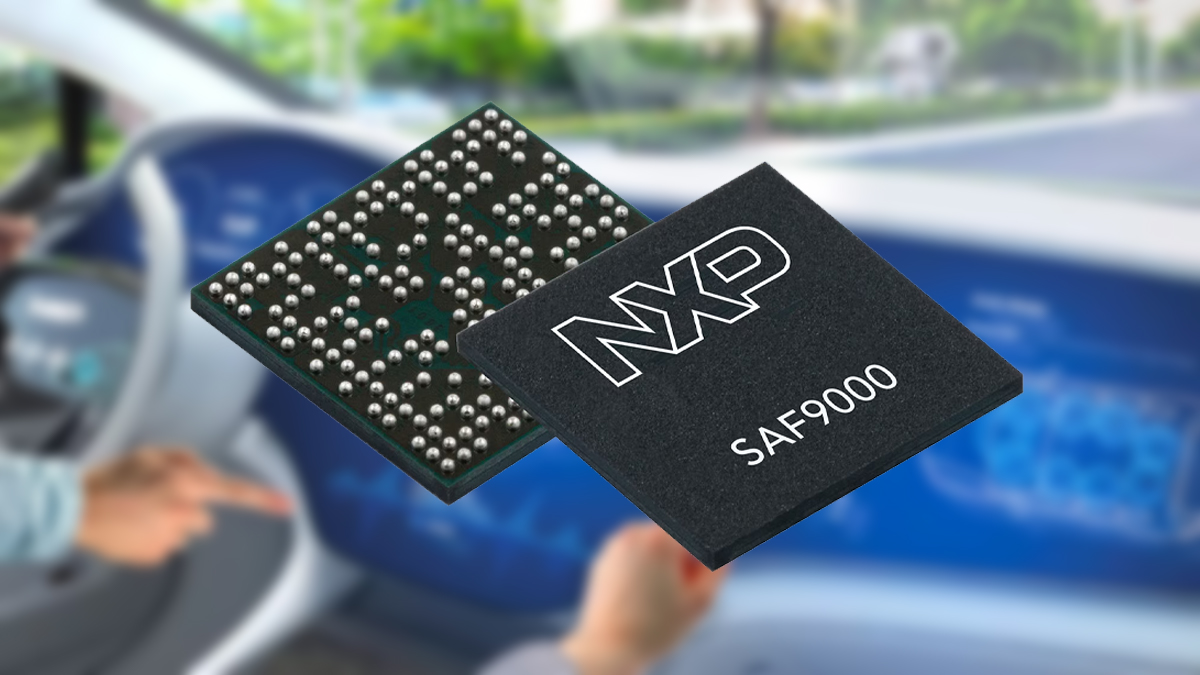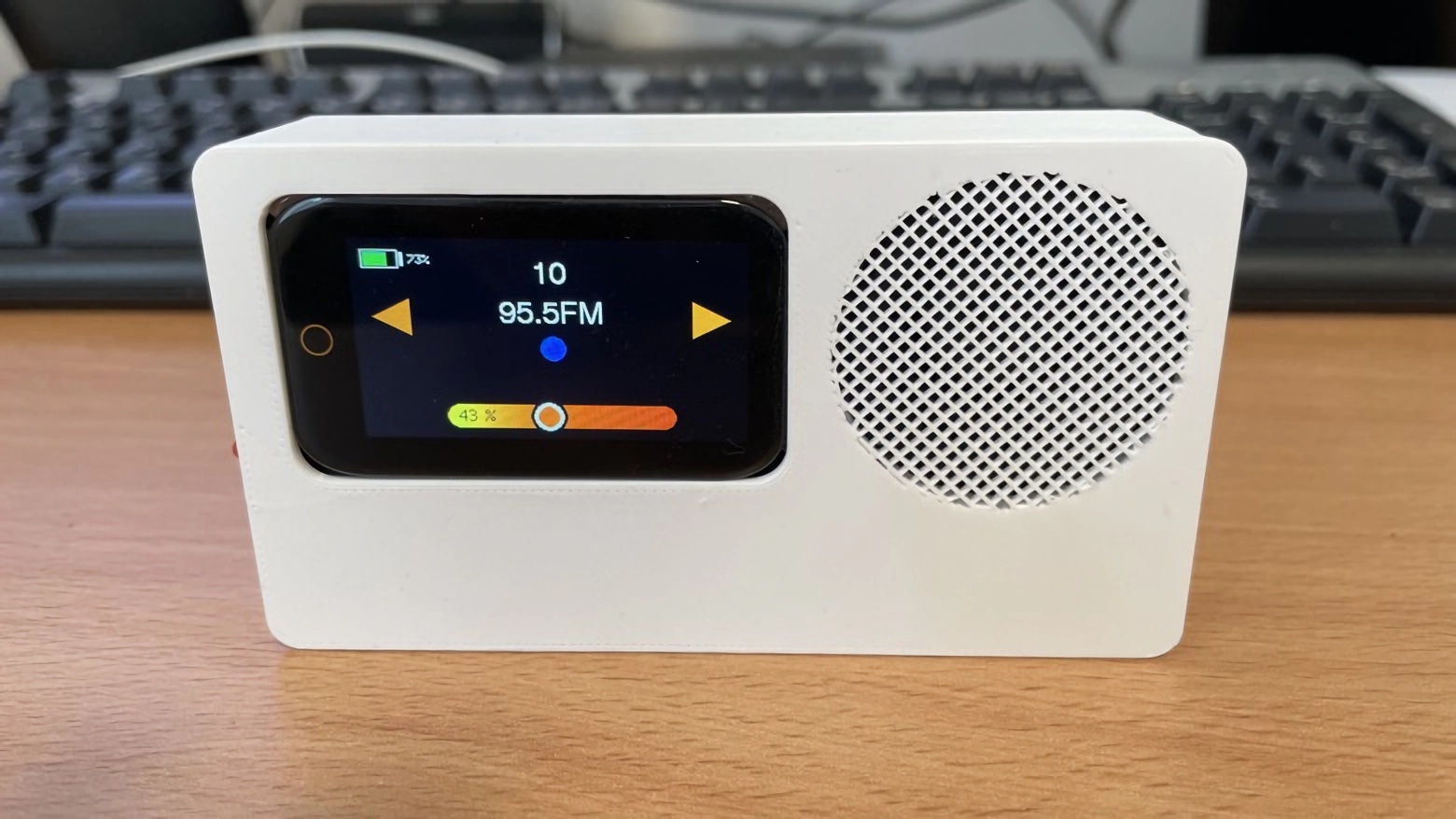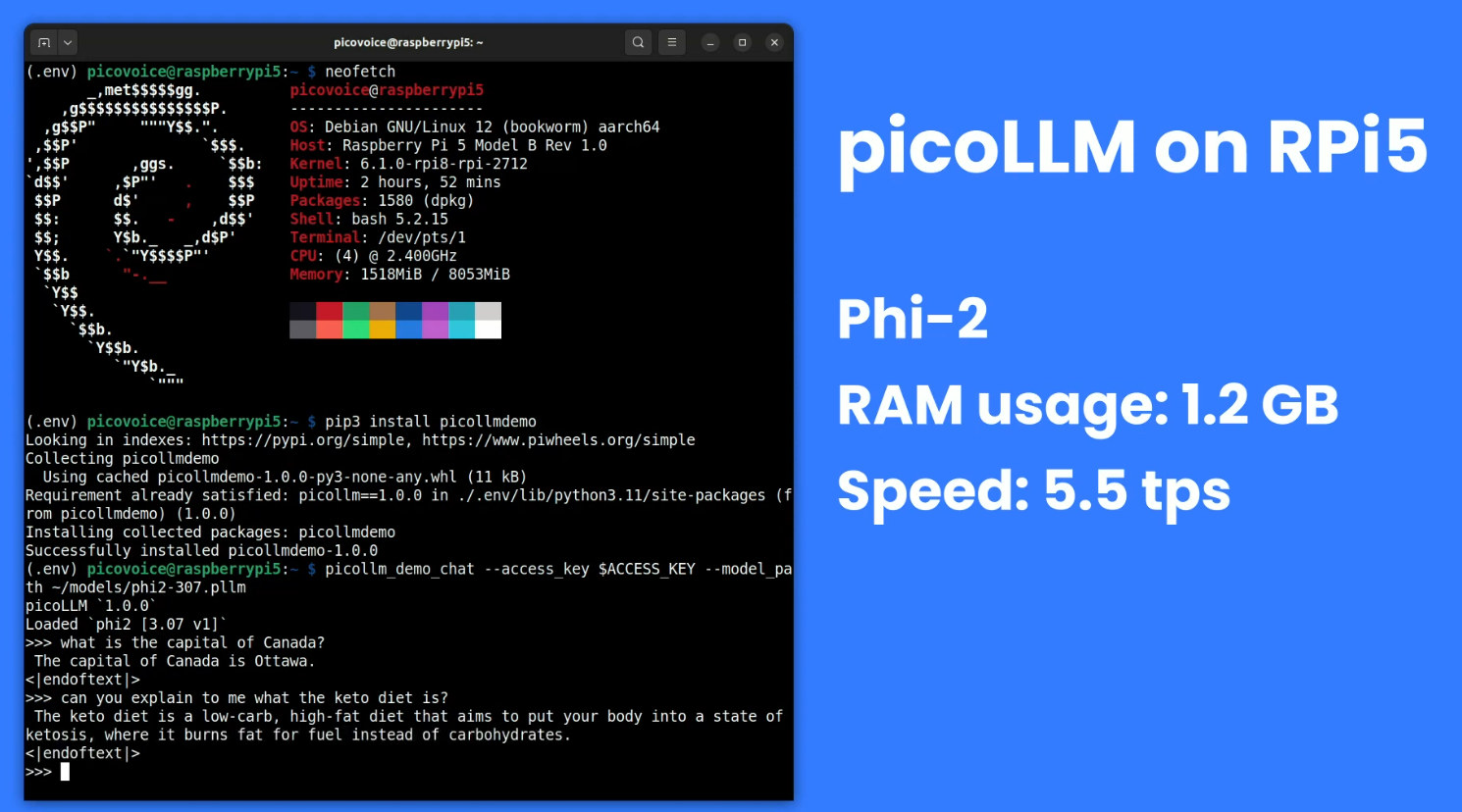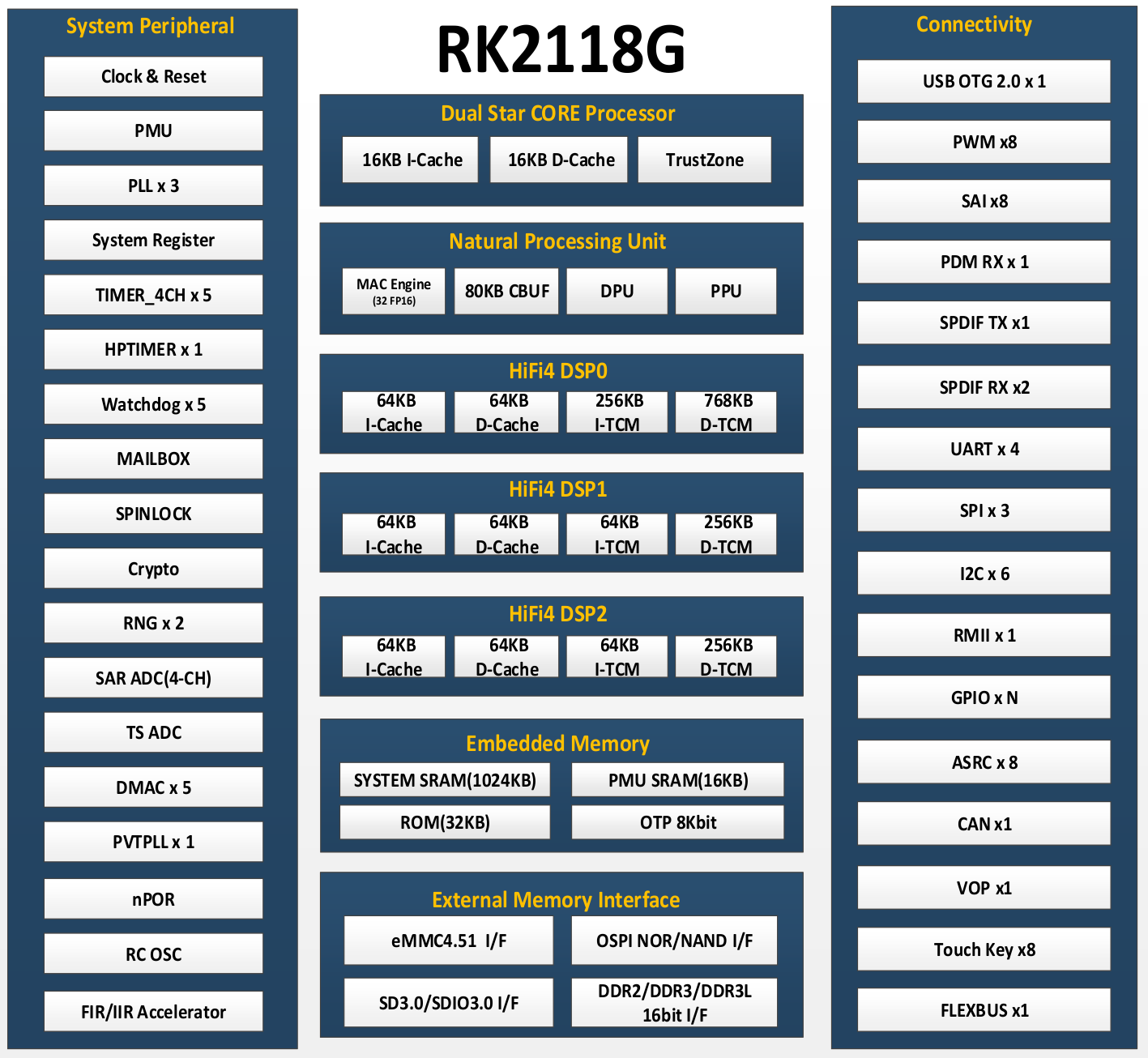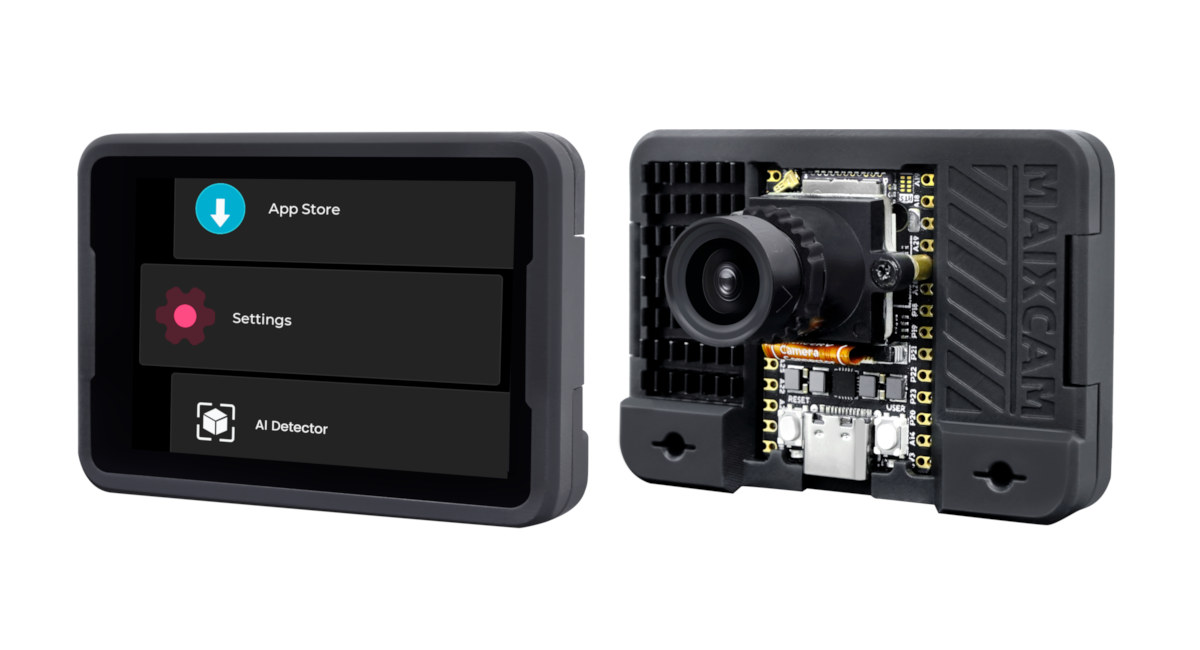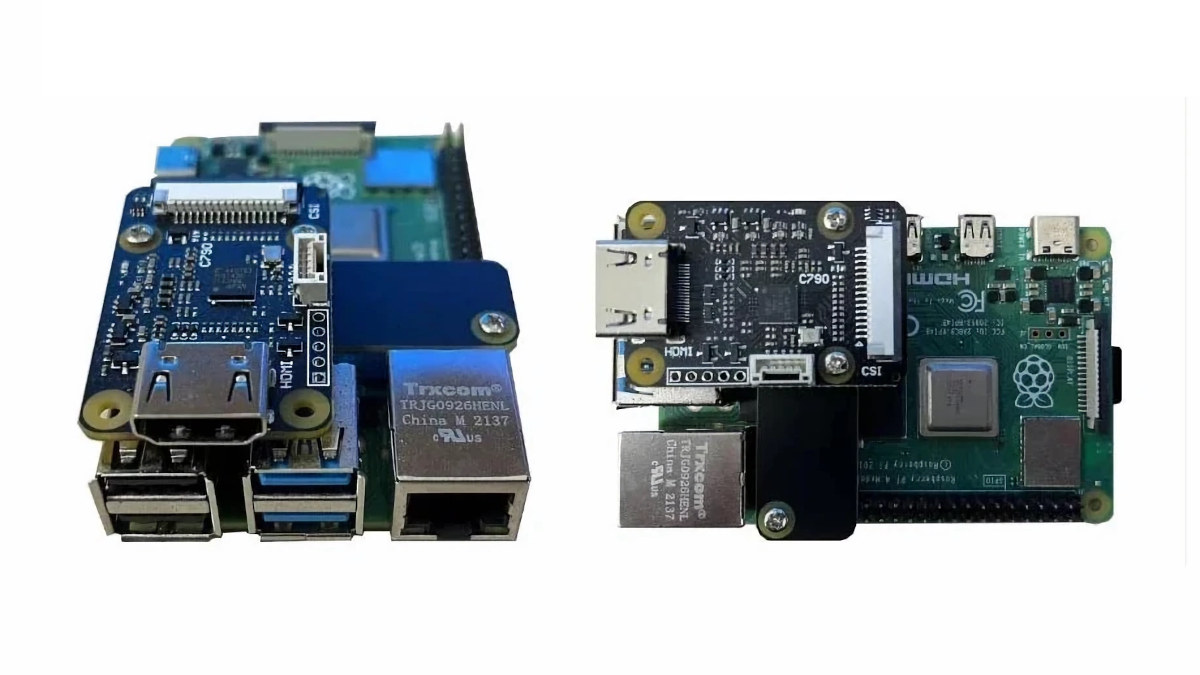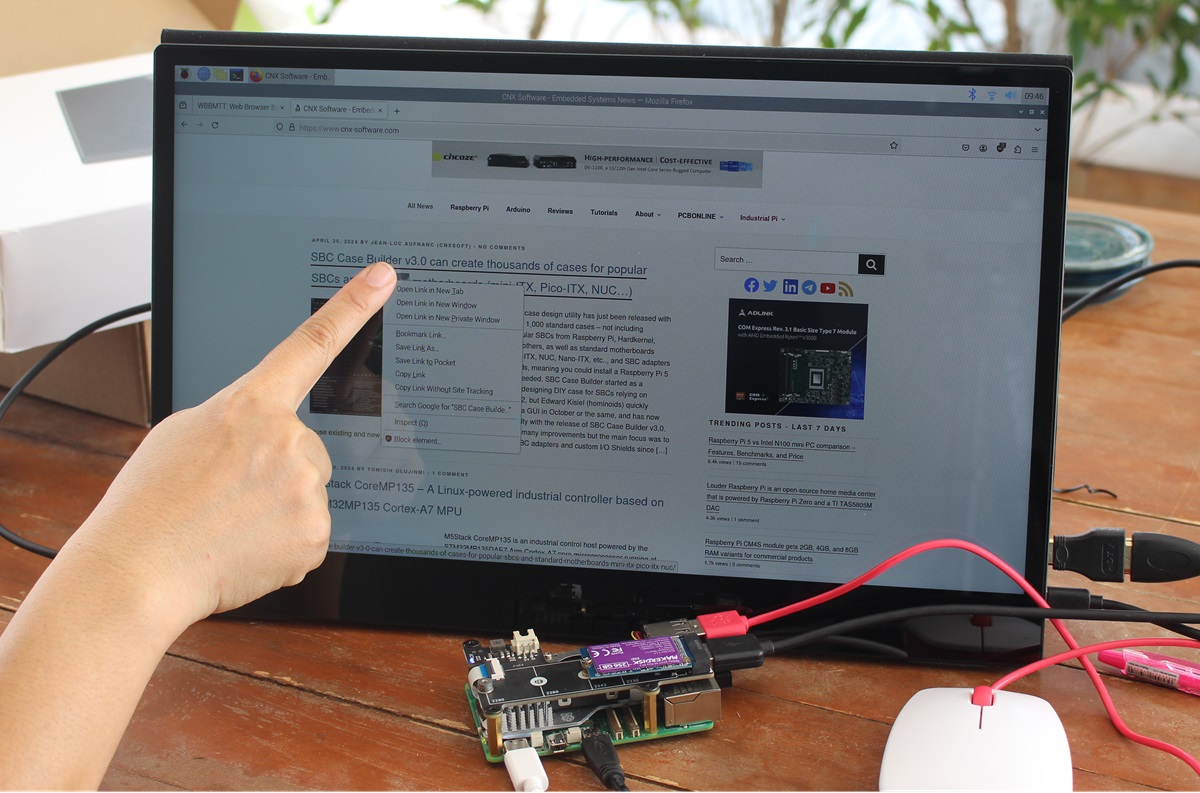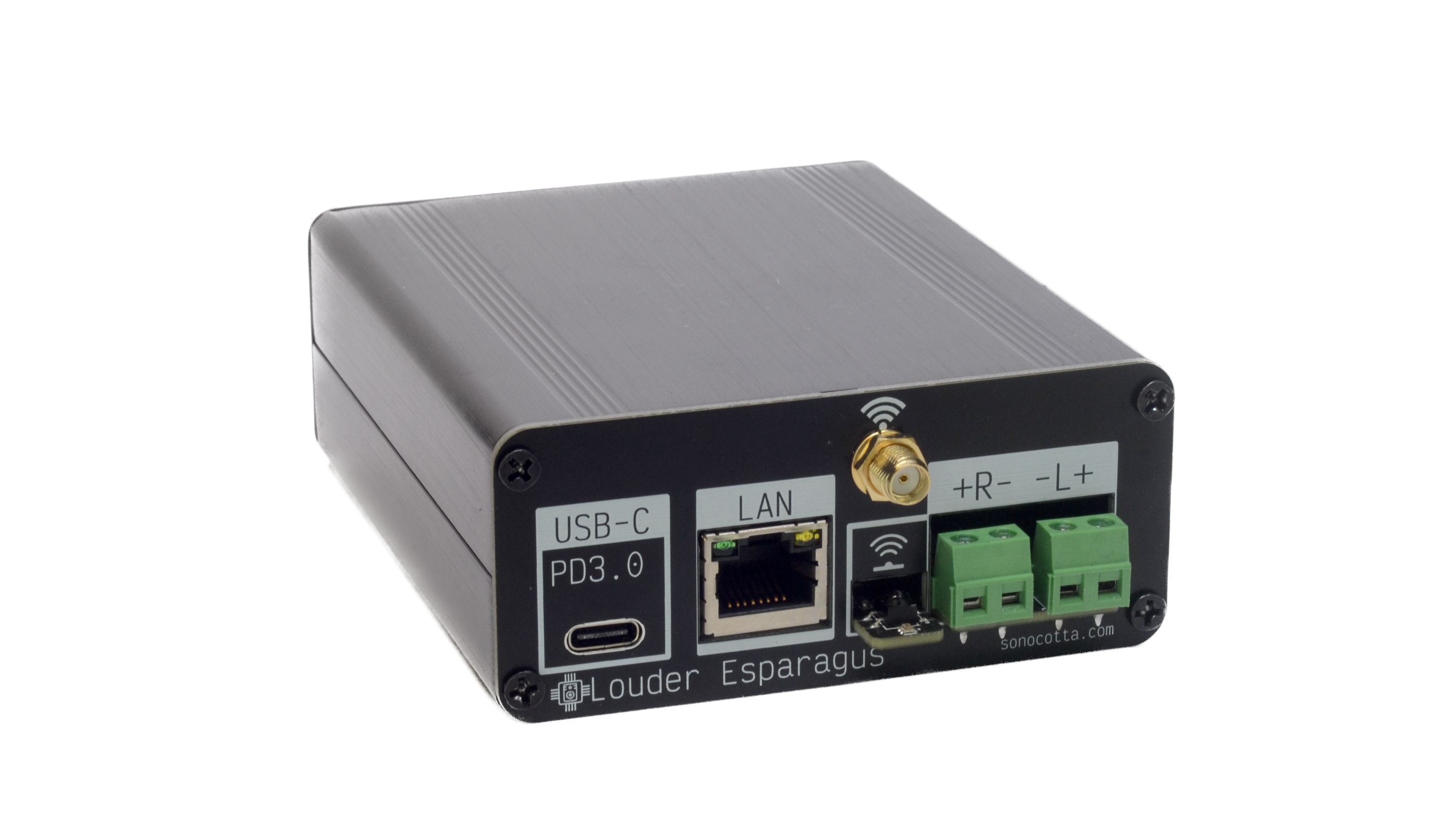NXP has recently launched the SAF9xxx Automotive Audio DSP family, which currently includes SAF9000 and SAF9100 AI audio DSPs. Built around Cadence’s latest generation high-performance Tensilica HiFi 5 DSPs, these new chips not only feature AI and ML capabilities, but also include features like driver’s voice pitches and accent recognition, noise cancellation, voice recognition, emergency siren detection, and more. Additionally, the SAF9000 chip includes a software-defined radio option with up to five integrated tuners (controlled by an integrated Arm Cortex-M7 core) that covers all major global broadcast radio standards, including DAB, HD Radio, DRM, CDR, and AM/FM into a single chip solution. SAF9xxx Automotive Audio DSP specifications DSP – Tensilica HiFi 5 DSPs with dedicated neural network engines Integrated Controller – Arm Cortex-M7 core for tuner and audio control middleware Radio Features (SAF9000 only) Supports AM, FM, DAB, DAB+, DMB, HD Radio, DRM for AM, DRM for FM (DRM+), CDR […]
ESP32-S3-based kit allows you to build an Internet Radio with a touchscreen display
The ESP32 Internet Radio from Poland-based maker, The MicroMaker, is a simple hardware kit that combines the LilyGo T-Display S3 Development board with an I2S audio breakout module and other components to form a radio that can access and stream from online radio stations. With the ESP32 Internet Radio, you are not limited to the radio stations available in your immediate vicinity. It is powered by the LilyGo T-Display S3 which integrates the network-capable ESP32-S3 microcontroller (Wi-Fi + BLE 5), a 1.9” full-color capacitive touchscreen display, and two programmable buttons. The ESP32-S3’s integrated Wi-Fi capability allows the radio to connect to the Internet, and the touchscreen brings an intuitive and easy-to-use interface to the device. It supports up to 512 stored radio stations, and you can manage these stations from a web browser on your PC or mobile phone. The Internet Radio can be powered by an 18650 Lithium-ion battery […]
picoLLM is a cross-platform, on-device LLM inference engine
Large Language Models (LLMs) can run locally on mini PCs or single board computers like the Raspberry Pi 5 but with limited performance due to high memory usage and bandwidth requirements. That’s why Picovoice has developed the picoLLM Inference Engine cross-platform SDK optimized for running compressed large language models on systems running Linux (x86_64), macOS (arm64, x86_64), and Windows (x86_64), Raspberry Pi OS on Pi 5 and 4, Android and iOS mobile operating systems, as well as web browsers such as Chrome, Safari, Edge, and Firefox. Alireza Kenarsari, Picovoice CEO, told CNX Software that “picoLLM is a joint effort of Picovoice deep learning researchers who developed the X-bit quantization algorithm and engineers who built the cross-platform LLM inference engine to bring any LLM to any device and control back to enterprises”. The company says picoLLM delivers better accuracy than GPTQ when using Llama-3.8B MMLU (Massive Multitask Language Understanding) as a […]
Rockchip RK2118G/RK2118M dual-core Star-SE Armv8-M microcontrollers target smart audio applications
Rockchip RK2118G and RK2118M smart audio microcontrollers based on a dual-core Star-SE Armv8-M processor, an NPU for smart AI audio processor, three DSPs, 1024KB SRAM, optional DDR memory in package, and a range of peripherals. I first noticed the RK2118M in slides from the Rockchip Developer Conference 2024 last March, but I did not have enough information for an article at the time. Things have now changed since I’ve just received a bunch of datasheets including the one for the RK2118G and RK2118G microcontrollers, which look identical except for the DDR interface and optional built-in 64MB RAM for the RK2118G. The datasheets have only one reference to Arm with the string “Arm-V8M” and nothing else, and Cortex is not mentioned at all. But the slide above reveals the STAR-SE core looks to be an Arm Cortex-M33 core. We also learn the top frequencies for the “STAR-M33″/”STAR-SE” core (300MHz) and the […]
Sipeed MaixCAM is a RISC-V AI camera devkit with up to 5MP camera, 2.3-inch color touchscreen display, GPIOs
Sipeed MaixCAM is an AI camera based on SOPHGO SG2002 RISC-V (and Arm, and 8051) SoC with a 1 TOPS NPU that takes up to 5MP camera modules and comes with a 2.3-inch color touchscreen display. The development kit also comes with WiFi 6 and BLE 5.4 connectivity, optional Ethernet, audio input and output ports, a USB Type-C port, and two 14-pin GPIO headers for expansion that makes it suitable for a range of computer vision, Smart audio, and AIoT applications. Sipeed MaixCAM specifications: SoC – SOPHGO SG2002 CPU 1 GHz RISC-V C906 processor or Arm Cortex-A53 core (selectable at boot) running Linux 700 MHz RISC-V C906 core running an RTOS 25 to 300 MHz low-power 8051 processor NPU – 1 TOPS @ INT8 with support for models such as Mobilenetv2, YOLOv5, YOLOv8, etc… Video Codec – H.264, H.265, MJPEG hardware encoding and decoding up to 2K @ 30fps Memory […]
$23 C790 HDMI to MIPI CSI adapter adds HDMI and audio input to Raspberry Pi SBCs
C790 is an HDMI to MIPI CSI-2 board compatible with Raspberry Pi single board computers featuring a 40-pin GPIO header that adds both HDMI input up to 1080p60 and I2S audio input to the popular Arm SBC. The solution can be useful for IP KVM solutions as we’ve seen with the PiKVM v3 and PiCast portable KVM switch, or to capture video and audio from a camera that outputs HDMI with audio through the board’s MIPI CSI camera interface and I2S input signals on the GPIO header. C790 specifications: Supported SBC’s – Raspberry Pi Zero, 3B, 3B+, 4B, CM3, CM4 with MIPI CSI-2 input port (Note: Raspberry Pi 4 is limited to 1080p50 due to 2-lane MIPI CSI-2, CM4 supports 1080p60) Main chip – Toshiba TC358743XBG HDMI to CSI-2 bridge chip up to 1920×1080, 60 FPS Video and audio input – HDMI port up to 1080p60 Video Output – 2-lane […]
Review of CrowVi 15.6-inch portable USB-C and HDMI touchscreen display with Windows 11, Ubuntu 24.04, and Raspberry Pi 5
Elecrow CrowVi VF156T – or just CrowVi for shorts – is an ultra-thin 15.6-inch portable touchscreen display with mini HDMI and USB-C input ports making it suitable for a wide range of devices from Windows 11 and Linux mini PCs or laptops, SBCs such as the Raspberry Pi 5, and smartphones featuring a USB-C port with DisplayPort Allt. mode. The display supports 10-point multitouch, offers a 1920×1080 “Full HD” resolution, and includes stereo speakers and a 3.5mm audio jack. Besides the USB-C input, it also comes with an additional USB-C PD port for power in case the host does not provide enough power or only HDMI input is used without the touchscreen function. There’s also a “smart case” acting as a foldable stand on the back so you don’t need to bring your own stand. Elecrow sent us a sample of the CrowVi 15.6-inch portable monitor for review and we […]
Sonocotta’s ESParagus “Media Center” is a series of ESP32-based, open-source audio streamers (Crowdfunding)
ESParagus Media Center is a line of audio streamers from Sonocotta, all powered by an ESP32 microcontroller module. It includes the ESParagus HiFi MediaLink, Loud ESParagus, and the Louder ESParagus. The ESP32-based audio centers can be used to power old stereo speaker systems that lack streaming capabilities. They are completely open-source, consume little power when not in use, and boot up in seconds. The ESParagus Media Center products are based on the ESP32-WROVER microcontroller module with Wi-Fi and Bluetooth connectivity and an onboard PSRAM chip. They are fitted with an external Wi-Fi antenna and the top-end model – the Louder ESParagus – is fitted with a W5500 LAN chip for Ethernet networking. All three ESParagus Media Centers run squeezelite-esp32 firmware which supports Spotify Connect, Apple AirPlay, and Logitech Media Server. Integrations with Home Assistant are possible and can be useful for multi-room configurations. The Louder ESParagus is quite similar to […]


